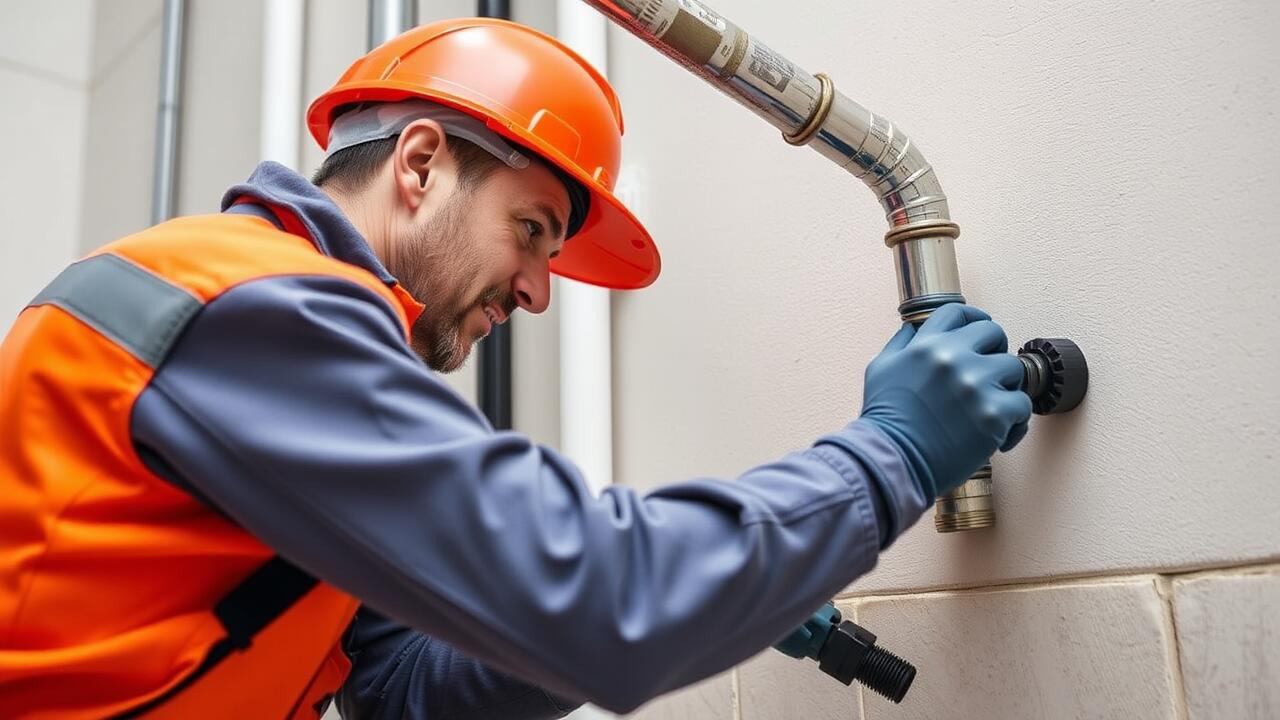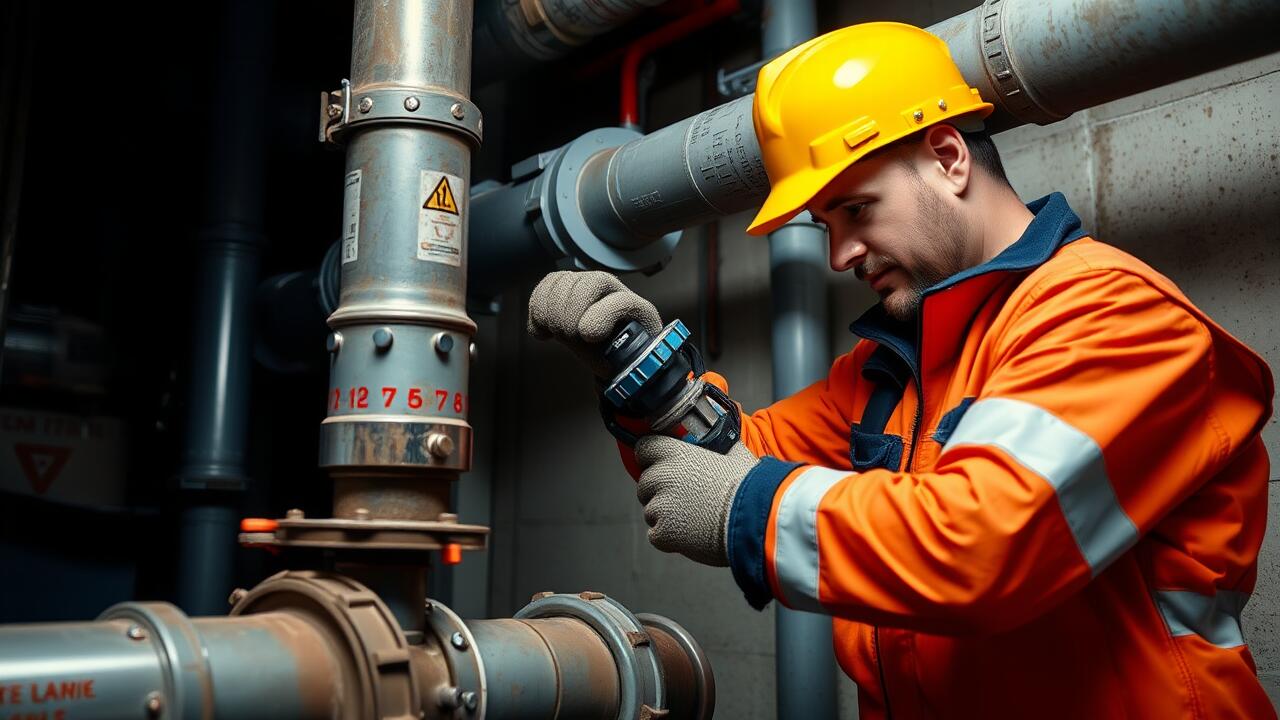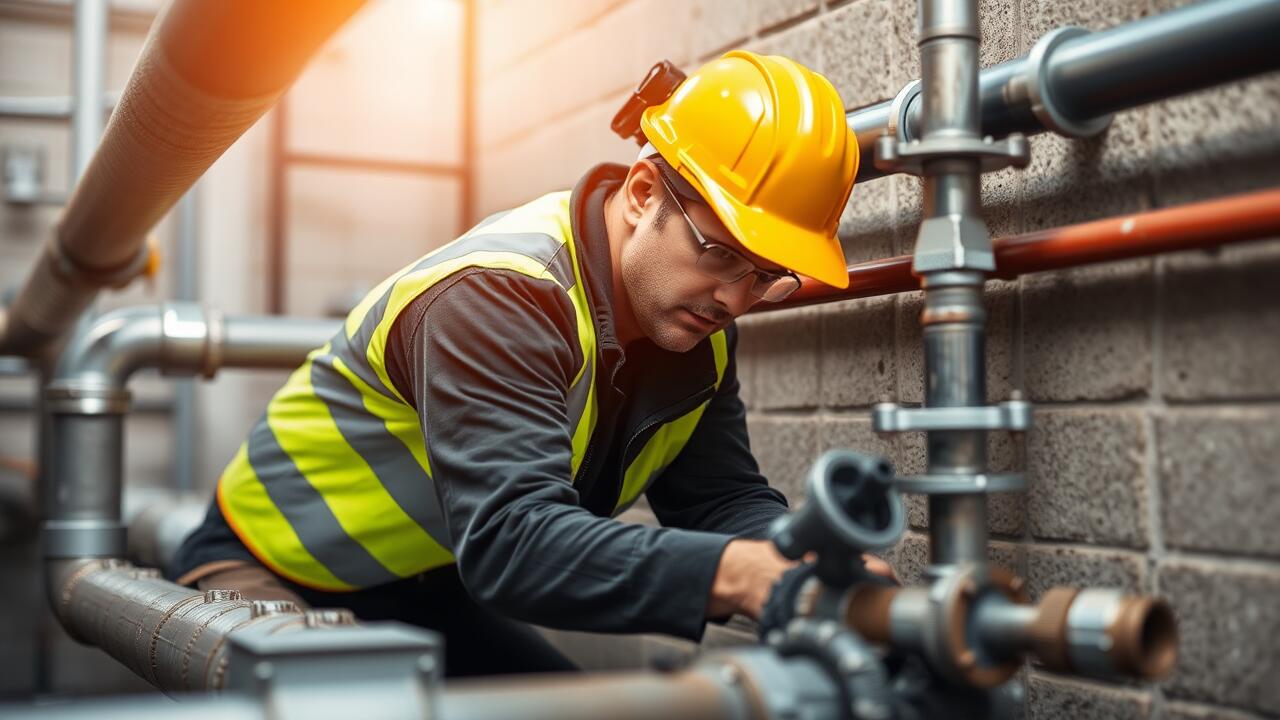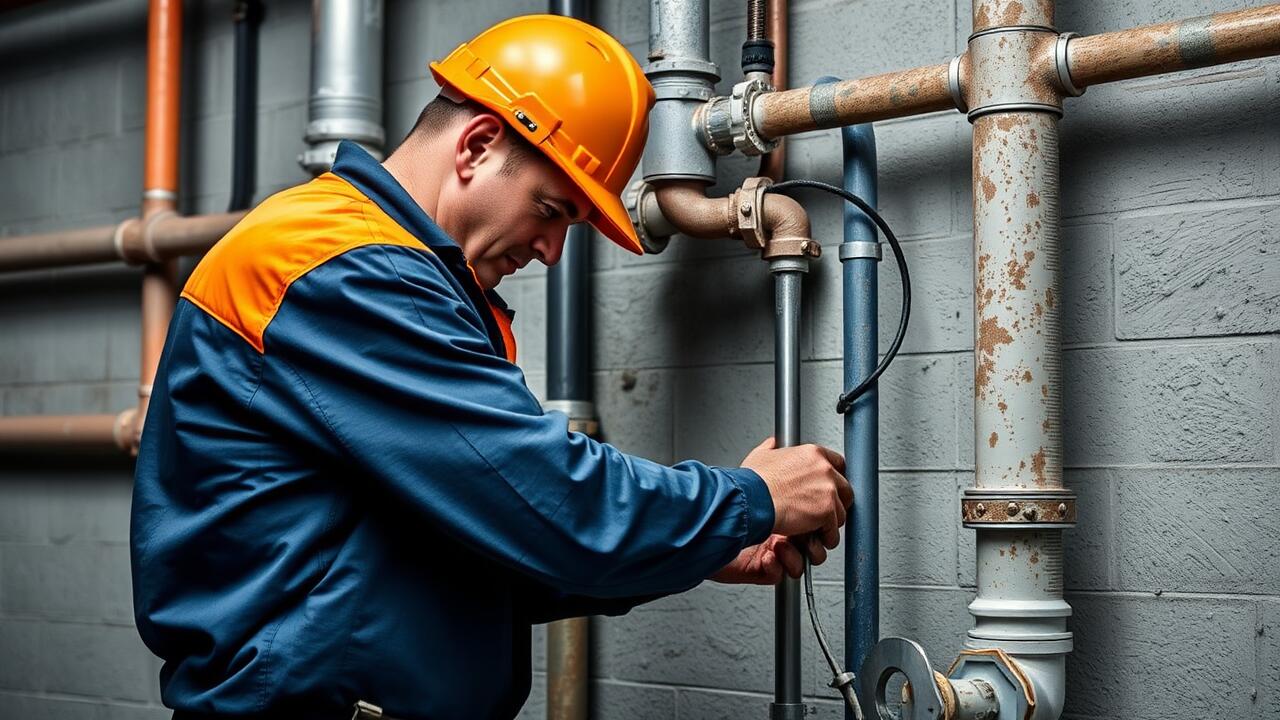
Site Assessment for Trenchless Installation
Site assessment for trenchless installation begins with a comprehensive evaluation of the project site. Understanding the existing utility infrastructure is crucial. It helps determine potential conflicts with buried pipes or cables. Soil characteristics play a significant role in the feasibility and method selection for installation. Accurate subsurface mapping provides insights into ground conditions, including soil composition, moisture levels, and rock formations. This information is essential for planning an effective approach to Pipe installation in Van Nuys, Los Angeles.
Another vital aspect of the site assessment is surveying the surrounding environment. Identifying nearby structures, vegetation, and water bodies helps mitigate any risks associated with the installation process. A thorough assessment ensures compliance with local regulations and minimizes disruptions to the community. Safety measures and contingencies should be in place to address any unexpected challenges that may arise during the project. This meticulous planning lays the groundwork for a successful trenchless installation.
Evaluating Ground Conditions
Evaluating ground conditions is a crucial step in the trenchless pipe installation process. It involves analyzing soil composition, moisture levels, and geological features. Understanding these factors helps determine the feasibility of trenchless methods in a specific area. For instance, unstable or highly saturated soils may require special considerations to ensure the integrity of the installation process.
When planning for pipe installation in Van Nuys, Los Angeles, soil surveys and geotechnical investigations are essential. These assessments provide valuable data that inform the choice of equipment and techniques to be used. The successful implementation of trenchless technology relies on thorough ground evaluations, as they directly influence the project's cost, duration, and overall effectiveness.
Regulatory Considerations
Regulatory considerations play a crucial role in the planning and execution of trenchless pipe installation projects. Local regulations dictate the need for various permits based on the location and scope of work. In areas like Van Nuys, Los Angeles, project managers must familiarize themselves with city-specific guidelines to ensure compliance throughout the installation process. Engaging with local authorities early can help clarify requirements and streamline the approval process.
Adhering to environmental regulations is also essential. Trenchless methods are often favored for their minimal disruption to surrounding areas, but they still require careful consideration of potential impacts on local ecosystems. In Van Nuys, Los Angeles, any excavation or ground disturbance may necessitate reviews and assessments to protect sensitive areas. It is imperative that contractors stay informed on changes to regulations and incorporate best practices to maintain compliance and safeguard the environment.
Permits and Compliance Requirements
Navigating the landscape of permits and compliance is crucial for any trenchless pipe installation project. Each municipality often has specific regulations governing the construction process aimed at minimizing disruption and ensuring public safety. For projects like pipe installation in Van Nuys, Los Angeles, stakeholders must familiarize themselves with local ordinances that dictate the necessary permits, environmental considerations, and assessment protocols to avoid delays or penalties.
Failure to adhere to these regulations can lead to significant setbacks, including fines or mandated delays in construction. It is imperative to engage with local authorities early in the planning phase. By securing the required permits and demonstrating compliance with established guidelines, project owners can streamline operations and contribute to the overall success and sustainability of trenchless installations.
Maintenance of Trenchless Installed Pipes
Regular maintenance of trenchless installed pipes is essential to ensure their longevity and functionality. Inspection routines should be established to verify the health of the infrastructure. These inspections can involve utilizing advanced technology such as video and acoustic monitoring systems, which allow for thorough evaluations without the need for excavation. Identifying signs of wear, blockages, and leaks early can significantly reduce the costs associated with more extensive repairs down the line.
In areas like Van Nuys, Los Angeles, where soil conditions can vary, the approach to maintenance might be adapted based on local environmental factors. Repair techniques for trenchless installations often focus on methods that minimize disruption to the surrounding area. Solutions such as pipe relining and grouting can restore the integrity of the pipes without requiring invasive digging. This flexibility not only maintains the efficiency of the installed pipes but also respects community concerns related to noise and traffic disruption.
Inspection and Repair Techniques
Routine inspections of trenchless-installed pipes are essential to ensure their ongoing functionality and integrity. Advanced technologies such as CCTV cameras facilitate the assessment of pipe conditions without significant disruption to the surrounding area. These inspections help identify issues like cracks, blockages, or root intrusions that could compromise the system's effectiveness. Implementing a scheduled maintenance plan helps catch potential problems early, minimizing costly repairs.
When it comes to repair techniques for trenchless-installed pipes, options vary based on the type of damage identified. For minor defects, methods like relining can reinforce the existing structure without excavation. In contrast, significant damage may require localized digging or even complete pipe replacement. Pipe installation in Van Nuys, Los Angeles, follows these best practices, ensuring the longevity and reliability of underground utility networks. Each repair method emphasizes minimizing disruption to the surface environment while restoring the functionality of the piping system efficiently.
FAQS
What is trenchless pipe installation?
Trenchless pipe installation is a method of installing or replacing underground pipes without the need for extensive excavation, minimizing surface disruption.
What are the main advantages of trenchless installation over traditional methods?
The main advantages include less disruption to the surrounding environment, reduced restoration costs, faster project completion, and the ability to navigate around obstacles.
How are ground conditions evaluated for trenchless installation?
Ground conditions are evaluated through site assessments that may include geotechnical surveys, soil sampling, and analysis of existing utilities to determine the best installation method.
What regulatory considerations must be taken into account for trenchless installations?
Regulatory considerations include obtaining necessary permits, adhering to local, state, and federal compliance requirements, and ensuring the installation meets safety and environmental standards.
How is maintenance performed on pipes installed using trenchless techniques?
Maintenance involves regular inspections using technology like CCTV cameras, as well as employing various repair techniques when issues are detected, such as pipe lining or bursting.



